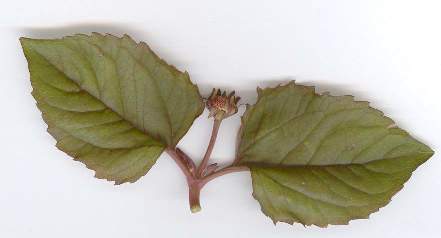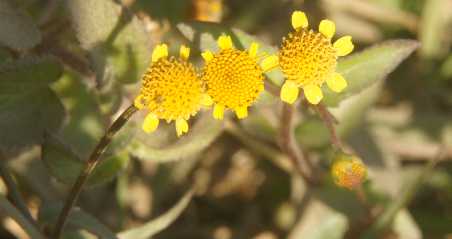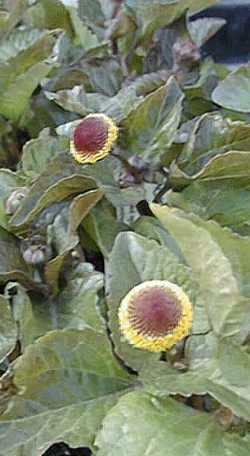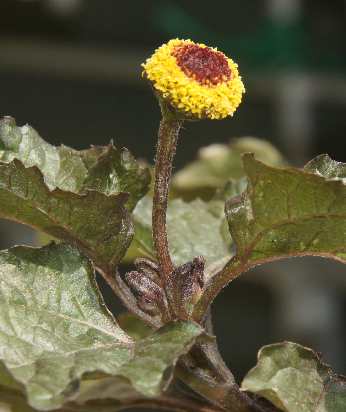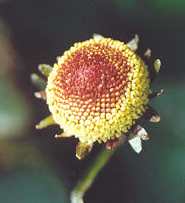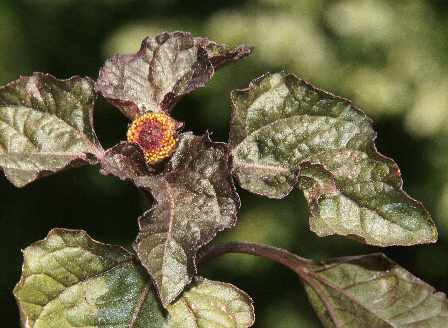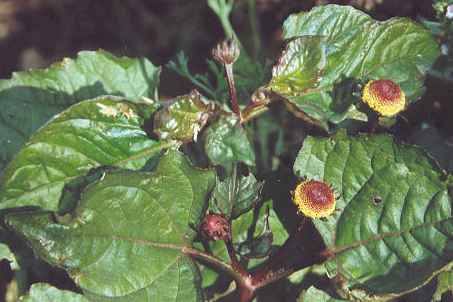
|
| Paracress plant |
Culinary use of paracress is today almost restricted to tropical Brazil,
particularly the provinces Acre, Amazonas, Pará and Ceará,
where the herb is much used in the cooking styles of the indigenous peoples.
There, the starch-containing tubers of manioc are eaten as a staple, and since
that vegetable has a quite bland taste, it is often flavoured with potent
spices. For this purpose, paracress is often used; the leaves are used
fresh, added as a whole and eaten as an additional source of vitamins
(and flavour).
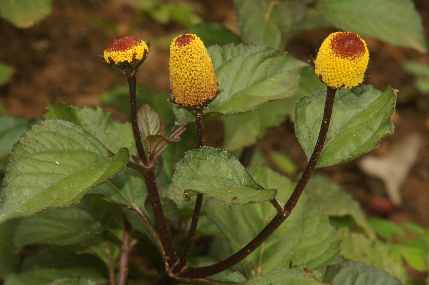
|
| Flowering paracress |
Duck first fried and then stewed in manioc juice flavoured with garlic (tucupí) is a popular food in all Amazonian provinces (pato no tucupí). Another recipe from the region is tacacá, a soup thickened with manioc juice that contains dried shrimps and sometimes fresh water fish; it is eaten in many variants in Pará and the rest of North-Western Brazil. Both dishes are flavoured with garlic and paracress leaves, sometimes also hot chiles. Simultaneous usage of two pungent spices (chile and paracress) gives a unique taste that cannot easily be described; it is somewhat comparable to the use of Sichuan pepper in hot Chinese Sichuan cookery.
Outside of Brazil, paracress is little known and little used as a food. There are records of a related species being grown in South East Asia, where the boiled leaves are used as a vegetable; but fresh leaves also have some flavouring use, for example in Western Jawanese cooking, where they complement hot sambal (see chile).
Since the pungency of paracress is wholly distinct to the heat of both
black pepper and chiles,
it is an interesting alternative that should be tried
by innovative cooks; it can be used together with other pungent spices,
or alone. I found that it performs well instead of pepper in
European foods, to which it lends an unconventional, tickling and yet
subtle pungency.
